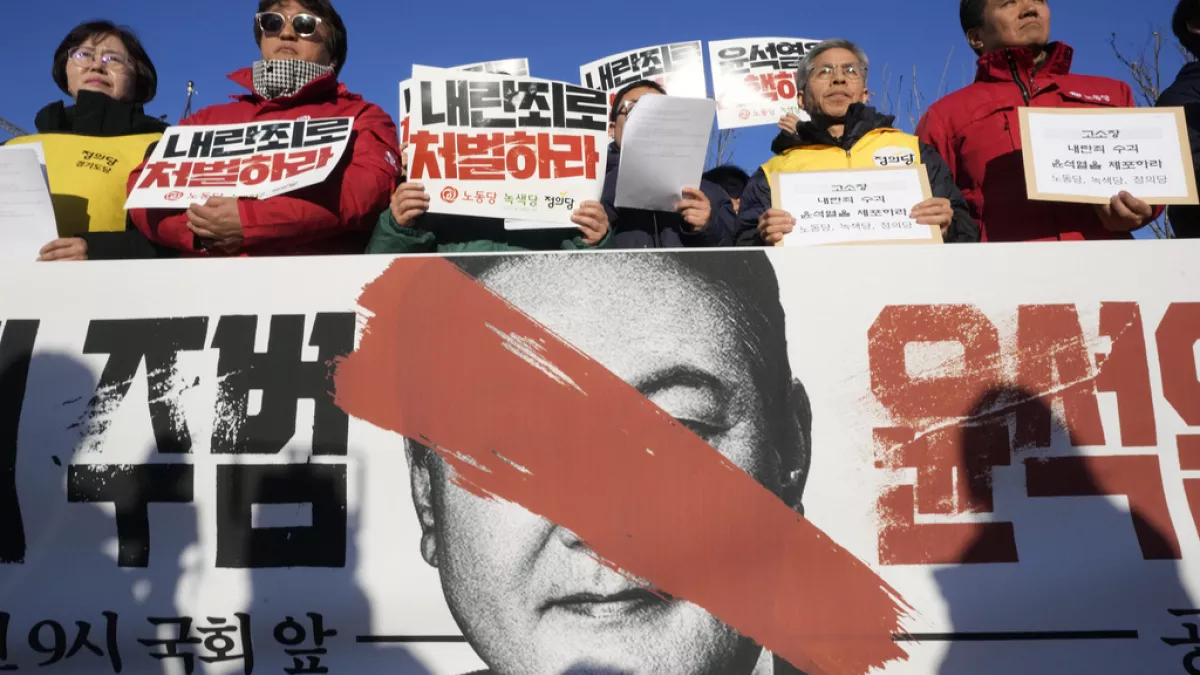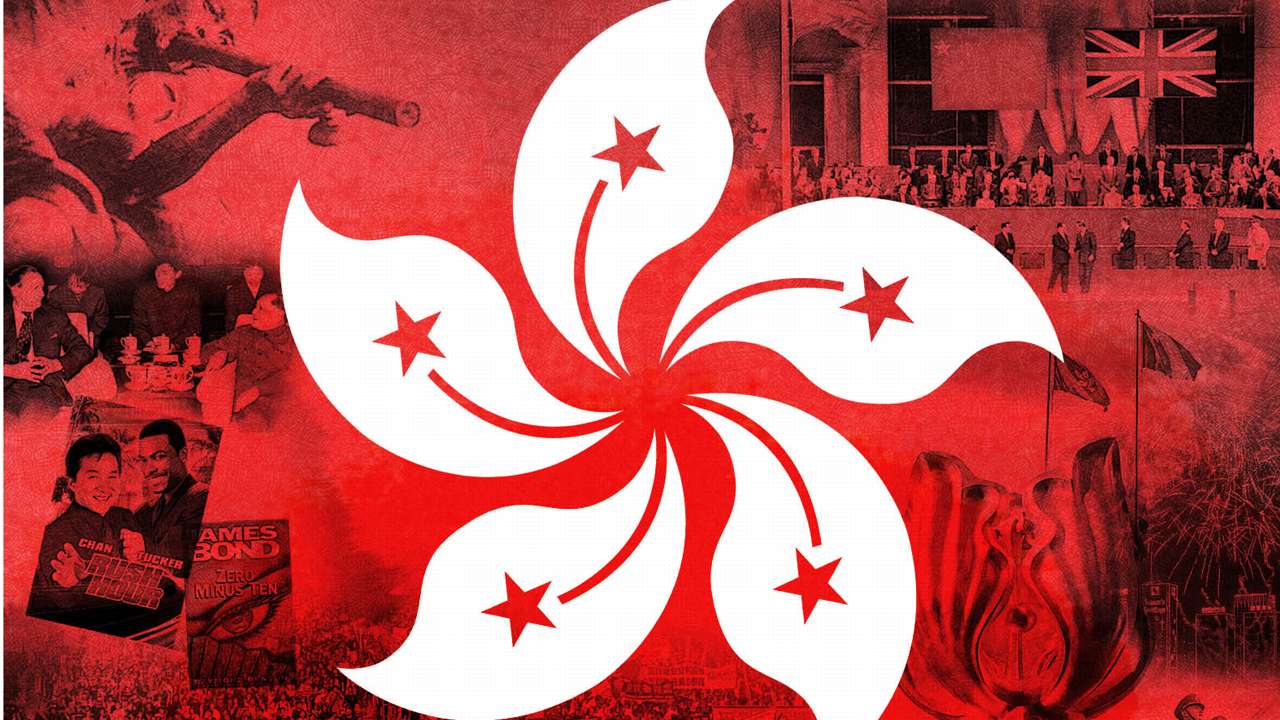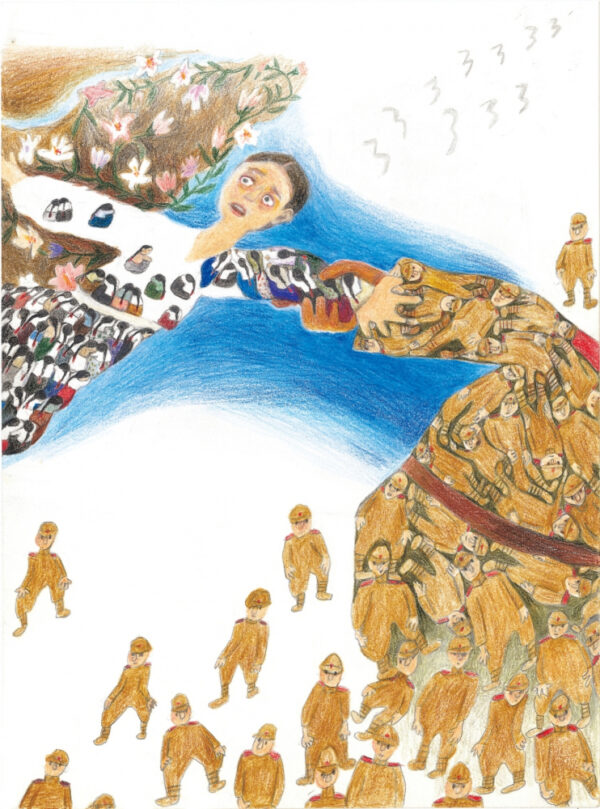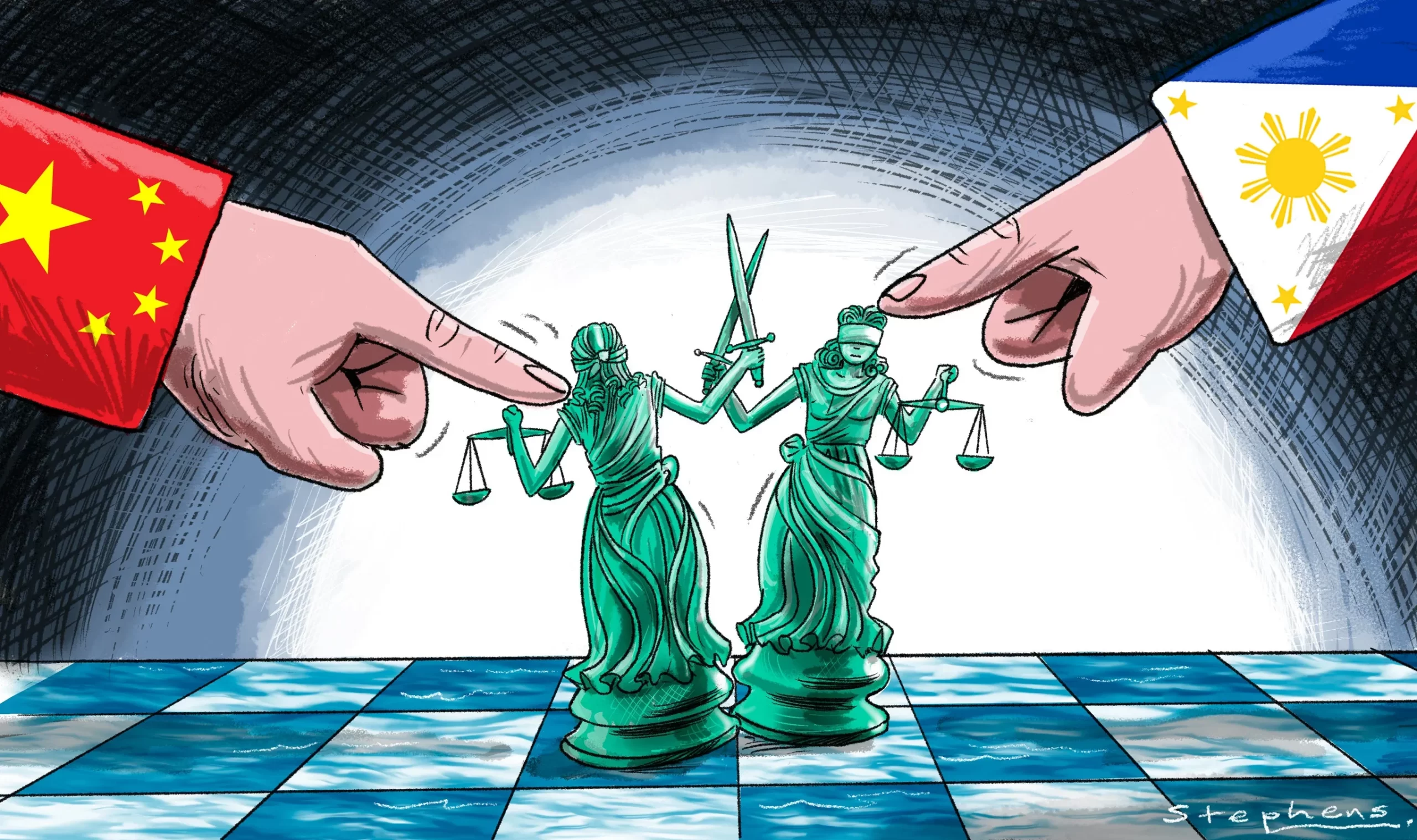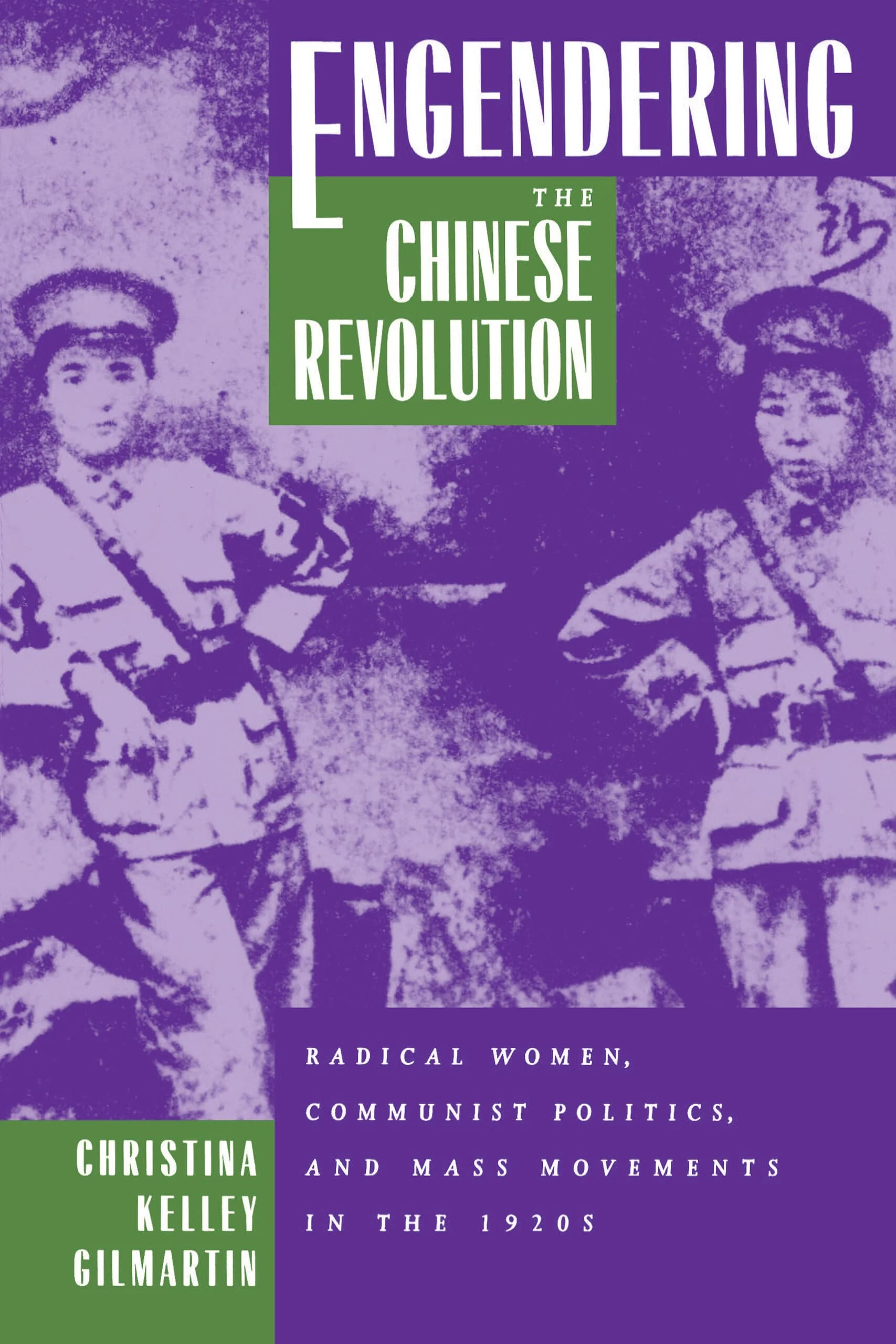Anime (cartoons) and manga (comics), once considered marginalized, subcultures have transformed into a global phenomenon with a market size of up to $28.55 billion in 2024.[1] Originating in Japan, anime and manga have not only bolstered the Japanese economy but also have become one of Japan’s most effective tools for cultural diplomacy. This form of soft power has fostered Japan’s global cultural influence and enhanced its international image. However, despite these successes, an important question must be asked: to what extent can soft power truly influence the global perception of Japan given historical tensions?
Soft power, a term introduced by Joseph Nye in 1990, describes a “co-optive” way for countries to achieve political agendas, particularly through cultural appeal and attractive values.[2] Soft power contrasts hard power, which involves countries using coercive military means to achieve goals. Soft power is especially effective in encouraging other states to “develop preferences…consistent with its own.”[3] Japanese cultural exports like anime and manga are examples of soft power, as they utilize their cultural appeal to present themselves as modern and peaceful to the world.[4] Through anime and manga, Japan can show the global community their unique cultural heritage and creativity without utilizing direct force or coercive methods. Therefore, soft power is an effective strategy for countries to use “co-optive” measures to build relationships with other countries, achieve political goals and elevate their global standing.
The first milestone of anime and manga came in the 1990s, when rapid globalization led to the spread of Japanese pop culture worldwide.[5] Anime and manga were regarded as fresh and innovative, diverging from mainstream Western pop culture. For example, the rise of Pokémon in a global setting led to an increase in the appeal of Japanese pop culture.[6] The Japanese government realized pop culture could help reshape the negative image caused by their history of being a militaristic, imperialist state and leave behind past atrocities committed in World War II. By exporting domestic entertainment like anime, the Japanese government could promote a more positive image of Japan globally.
The Japanese government leveraged their culture’s influence to help achieve diplomatic goals. For example, the ‘Cool Japan campaign’, launched in 2012 by the Japanese Ministry of Economy, Trade and Industry (METI), was designed to promote Japanese culture, such as anime, and leverage Japan’s unique cultural influence to stimulate economic growth and increase their global presence. This included advertising Japanese anime, manga, lifestyles, food, tourism, as well as undertaking collaborative projects with other Asian animation exporters such as Singapore and Hong Kong. Japan has also promoted the globalization of manga through the creation of an International Manga Award to encourage cultural exchange and to increase its popularity and attention.[7] Entries came from up to 26 countries worldwide.[8] By spreading anime and manga, Japan has increased their overall cultural appeal to the wider global community.
A key reason for the success of utilizing anime and manga in Japanese cultural diplomacy is the uniqueness and branding of anime and manga characters. Although animation exists worldwide, global anime fans distinguish anime and manga as a unique art form separate from conventional cartoons or comics. Japan has utilized this uniqueness, such as establishing Doraemon, a robotic cat character, as their “official anime ambassador.” [9] This initiative allows Japan to enhance their global influence by highlighting the distinctive elements of their culture, helping to promote uniquely Japanese cultural elements, thus establishing Japan as a leader in global pop culture.[10]
Japan’s utilization of anime and manga as soft power diplomacy is evident in their positive effect on Japanese trade relations. For instance, as one of the largest exporters of anime, the US market for anime in 2004 was around $48.4 million.[11] The Canadian government also acknowledged how “Japanese manga and anime have many fans in Canada” and that “Canadian artists have an active following in Japan.”[12] The Canadian government’s recognition of anime and manga highlights their significance in Japan’s soft power strategy. In current bilateral relations between Japan and Canada, manga and anime helped deepen diplomatic ties and enhance Japan’s global image. Consequently, Canada’s foreign relations statement demonstrates how anime and manga has created a platform for broader political engagement and promote mutual cultural understanding and international goodwill, contributing to Japan’s soft power.
Another consequence of anime and manga is increased tourism. After its release, the Japanese anime Your Name brought approximately $164 million in foreign tourist revenue in 2016. The popularity of anime increased tourists in Japan due to the “anime pilgrimage,” which involved fans travelling to visit locations featured in their favorite anime.[13] There has also been an increase in global Japanese language learners, foreign tourists and international students in Japan.[14] The rising popularity of Japanese pop culture benefits the Japanese economy and strengthens cultural exchange. By attracting fans worldwide, anime allows Japan to share its language, customs, and culture, fostering cultural understanding and mutual appreciation. As a result, this further enhances Japan’s soft power and global influence, transforming Japan into a key player in cultural diplomacy.
However, despite Japan’s significant success in growing its soft power and cultural influence, Japan has struggled to overcome negative perceptions associated with its historical actions. Although soft power can help Japan gain cultural popularity, the historical issues, particularly from World War II, still greatly impact its ability to reshape its reputation.[15] Japan’s soft power will be undermined if it cannot reconcile with past historical actions, especially with China and South Korea. For instance, former Prime Minister Abe Shinzo previously claimed that Asian women were not forced into sexual slavery by Japan in World War II. However, he then changed his stance, acknowledging and apologizing to “comfort women” after the US House of Representatives required Japan to address this issue.[16] Such inconsistencies damage Japan’s soft power and global credibility, which further strains East Asian relations. Forced apologies make Japan seem insincere and opportunistic, undermining their moral authority in global affairs. Thus, regardless of how much popularity Japanese pop culture can garner in the international setting, but Japan’s overall ability to effectively utilize soft power is compromised due to unresolved historical issues.
Additionally, traditional Japanese values that the government would want to convey may not be represented in anime and manga. Internationally popular anime and manga may not express ideas and attitudes that align with the Japanese government’s conservative political values. Therefore, although Japanese pop culture itself garnered global influence, it is not necessarily the kind of influence that can help the government achieve their diplomatic goals.[17] For instance, ‘Cool Japan’ shifted their marketing strategy away from promoting Japanese cultural values and identity and focused on consumer marketing. Thus, while anime and manga are powerful cultural exports, they may portray a more commercialized view of Japan that may not reflect Japanese traditional cultural values. As a result, Japan’s soft power may be disconnected from traditional ideals the government wants to promote, limiting its ability to act.
To conclude, anime and manga are tools for Japanese soft power, which has increased its global presence and Japanese pop culture’s popularity worldwide. However, Japanese soft power through cultural exports has inherent limitations. Historical controversies and pop-culture values that may not be beneficial in achieving diplomatic objectives may challenge the effectiveness of Japanese soft power. Whether cultural exports and soft power can improve historical tensions, or will they distract the need for Japan to reconcile with its past actions and mistakes remains an open question.True reconciliation can occur only through soft power coupled with meaningful actions acknowledging the past and rebuilding a future of trust and cooperation.
Maylyn Weng (she/her) is a third-year student double majoring in International Relations and Political Science at the University of Toronto St. George campus. Her research interests lie in East Asian politics, international security and Cold War history.
Bibliography
Agyeiwaah, Elizabeth, Wantanee Suntikul, and Li Yee Shan Carmen. “‘Cool Japan’: Anime, Soft Power and Hong Kong Generation Y Travel to Japan.” Journal of China Tourism Research 15, no. 2 (2019): 127–48. https://doi.org/10.1080/19388160.2018.1540373.
“Anime Market Research Report 2024 with Competitive Analysis of Toei Animation, Sanrio, Netflix, Bandai Namco, Kodansha: Global Market to Reach $41.94 Billion by 2028 – Long-Term Forecast to 2033.” GlobeNewswire, September 26, 2024. https://www.globenewswire.com/news-release/2024/09/26/2953544/28124/en/Anime-Market-Research-Report-2024-with-Competitive-Analysis-of-Toei-Animation-Sanrio-Netflix-Bandai-Namco-Kodansha-Global-Market-to-Reach-41-94-Billion-by-2028-Long-term-Forecast-t.html#:~:text=The%20anime%20market%20size%20has,in%20the%20next%20few%20years.
“Canada-Japan Relations.” Government of Canada, last modified May 22, 2024. https://www.international.gc.ca/country-pays/japan-japon/relations.aspx?lang=eng.
Gautam, Uddhav. “The Role of Culture Power: Examining the Influence of Popular Culture in Shaping Global Power Dynamics.” Unity Journal 5, no. 1 (2024): 41–56. https://doi.org/10.3126/unityj.v5i1.63158.
Groot, Gerry, and Kayoko Hashimoto. “Cool Japan Versus the China Threat: Does Japan’s Popular Culture Success Mean More Soft Power?” In Japanese Language and Soft Power in Asia, 15–41. Singapore: Springer Singapore, 2018. https://doi.org/10.1007/978-981-10-5086-2_2.
Heng, Yee-Kuang. “Three Faces of Japan’s Soft Power.” International Studies Review 18, no. 1 (2017): 171–88. https://doi.org/10.1163/2667078X-01801009.
Lam, Peng Er. “Japan’s Quest for ‘Soft Power’: Attraction and Limitation.” East Asia (Piscataway, N.J.) 24, no. 4 (2007): 349–63. https://doi.org/10.1007/s12140-007-9028-6.
Nye, Joseph S. “Soft Power.” Foreign Policy, no. 80 (1990): 153–71. https://doi.org/10.2307/1148580.
O’Hagan, Minako. “MANGA, ANIME AND VIDEO GAMES: GLOBALIZING JAPANESE CULTURAL PRODUCTION.” Perspectives, Studies in Translatology 14, no. 4 (2007): 242–47. https://doi.org/10.1080/09076760708669041.
Otmazgin, Nissim Kadosh. “Geopolitics and Soft Power: Japan’s Cultural Policy and Cultural Diplomacy in Asia.” Asia-Pacific Review 19, no. 1 (2012): 37–61. https://doi.org/10.1080/13439006.2012.678629.
Key Words: East Asia, Soft Power, Cultural Diplomacy, Japanese Politics
- “Anime Market Research Report 2024 with Competitive Analysis of Toei Animation, Sanrio, Netflix, Bandai Namco, Kodansha: Global Market to Reach $41.94 Billion by 2028 – Long-Term Forecast to 2033,” GlobeNewswire, September 26, 2024, https://www.globenewswire.com/news-release/2024/09/26/2953544/28124/en/Anime-Market-Research-Report-2024-with-Competitive-Analysis-of-Toei-Animation-Sanrio-Netflix-Bandai-Namco-Kodansha-Global-Market-to-Reach-41-94-Billion-by-2028-Long-term-Forecast-t.html#:~:text=The%20anime%20market%20size%20has,in%20the%20next%20few%20years. ↑
- Joseph S. Nye, “Soft Power,” Foreign Policy, no. 80 (1990): 166-67, https://doi.org/10.2307/1148580. ↑
- Nye, “Soft Power,” 168. ↑
- Uddhav Gautam, “The Role of Culture Power: Examining the Influence of Popular Culture in Shaping Global Power Dynamics,” Unity Journal 5, no. 1 (2024): 51, https://doi.org/10.3126/unityj.v5i1.63158. ↑
- Nissim Kadosh Otmazgin, “Geopolitics and Soft Power: Japan’s Cultural Policy and Cultural Diplomacy in Asia,” Asia-Pacific Review 19, no. 1 (2012): 37, https://doi.org/10.1080/13439006.2012.678629. ↑
- Gerry Groot and Kayoko Hashimoto, “Cool Japan Versus the China Threat: Does Japan’s Popular Culture Success Mean More Soft Power?” in Japanese Language and Soft Power in Asia, 20 (Singapore: Springer Singapore, 2018), https://doi.org/10.1007/978-981-10-5086-2_2. ↑
- Elizabeth Agyeiwaah, Wantanee Suntikul, and Li Yee Shan Carmen, “‘Cool Japan’: Anime, Soft Power and Hong Kong Generation Y Travel to Japan,” Journal of China Tourism Research 15, no. 2 (2019): 128, https://doi.org/10.1080/19388160.2018.1540373. ↑
- Peng Er Lam, “Japan’s Quest for ‘Soft Power’: Attraction and Limitation,” East Asia 24, no. 4 (2007): 356, https://doi.org/10.1007/s12140-007-9028-6. ↑
- Gautam, “The Role of Culture Power,” 50. ↑
- Gautam, “The Role of Culture Power,” 50. ↑
- Minako O’Hagan, “MANGA, ANIME AND VIDEO GAMES: GLOBALIZING JAPANESE CULTURAL PRODUCTION,” Perspectives, Studies in Translatology 14, no. 4 (2007): 242, https://doi.org/10.1080/09076760708669041. ↑
- “Canada-Japan Relations,” Government of Canada, last modified May 22, 2024, https://www.international.gc.ca/country-pays/japan-japon/relations.aspx?lang=eng. ↑
- Groot and Hashimoto, “Cool Japan Versus the China Threat,” 26. ↑
- Groot, 26. ↑
- Yee-Kuang Heng, “Three Faces of Japan’s Soft Power,” International Studies Review 18, no. 1 (2017): 184, https://doi.org/10.1163/2667078X-01801009. ↑
- Lam, “Japan’s Quest for ‘Soft Power’,” 357. ↑
- Groot and Hashimoto, “Cool Japan Versus the China Threat,” 32-33. ↑



